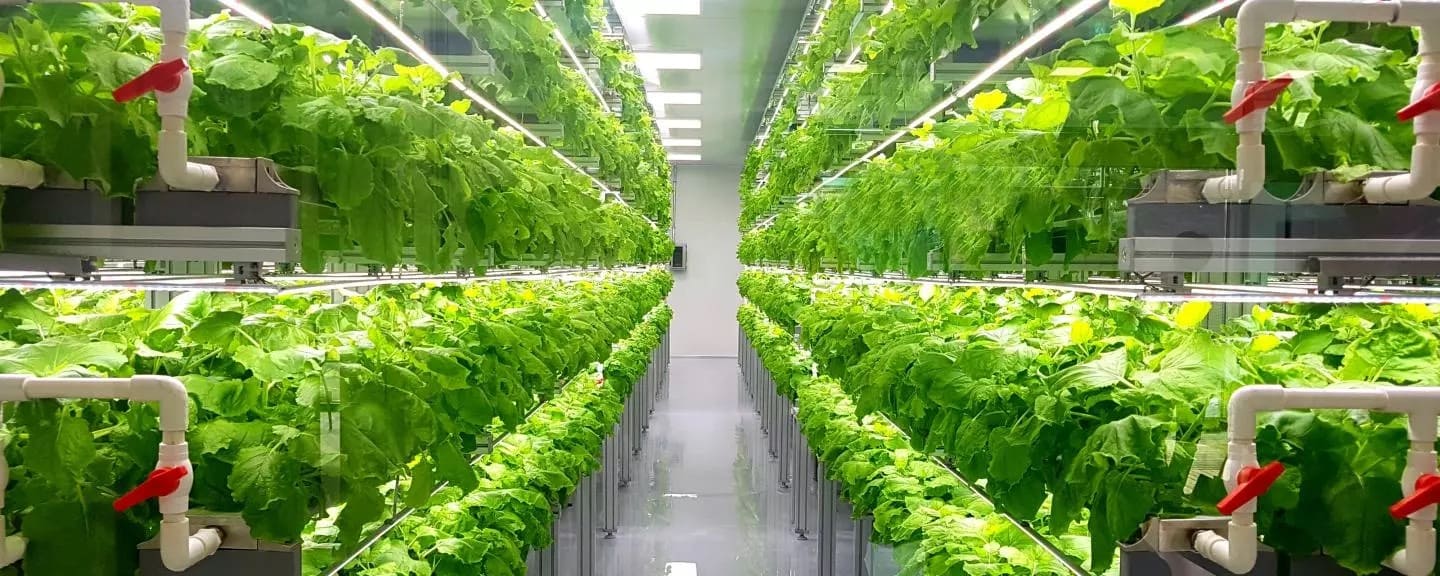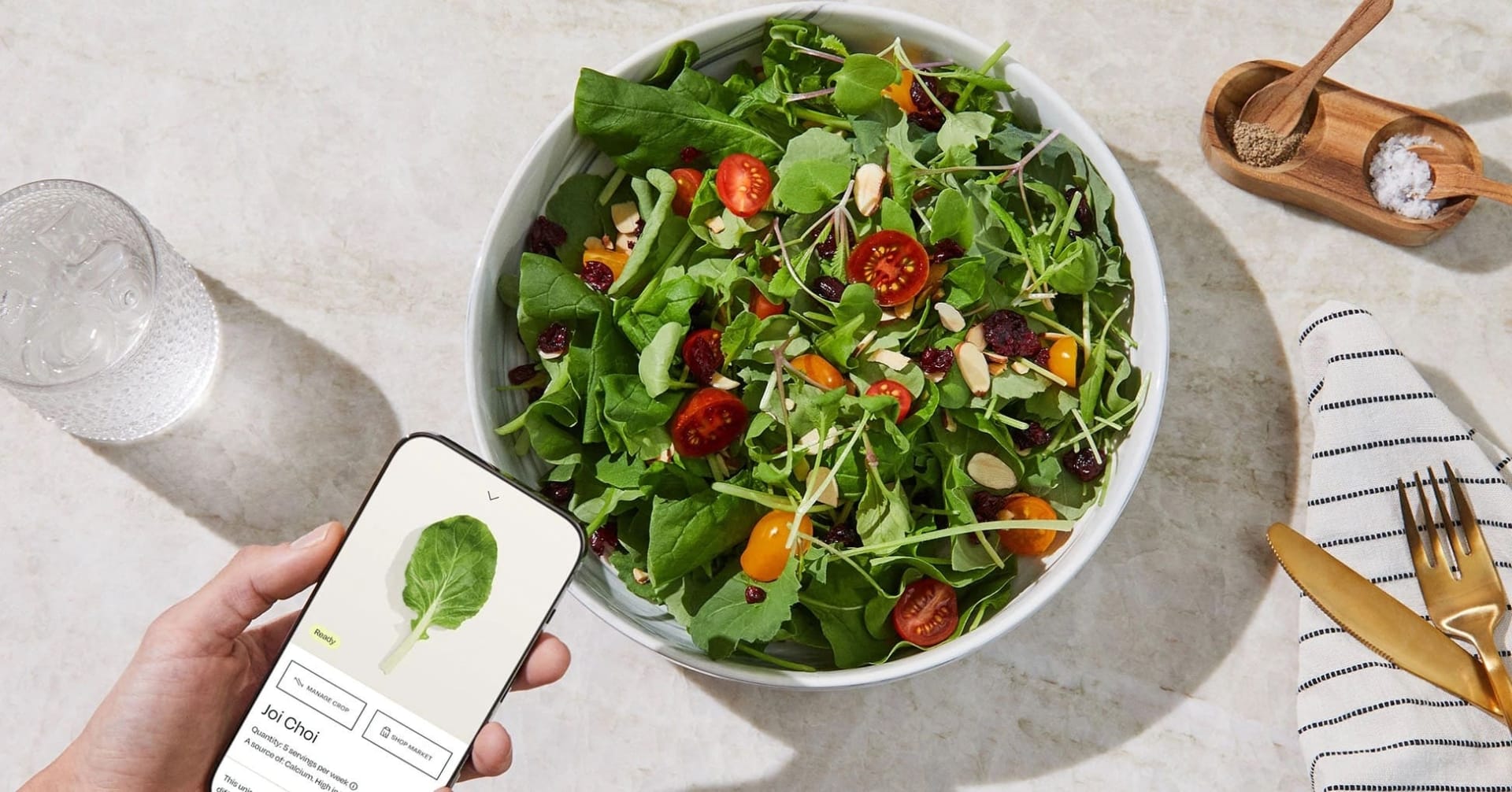Vertical Farming
More than half of the world’s population already lives in cities, and according to UN model calculations, this figure will rise to more than two-thirds by 2050. Providing these people with fresh, healthy food is one of the great challenges of the future. Urban food in the form of vertical farming offers the potential to bring food production directly to consumers in the city. Whether in large high-rise buildings in the middle of city districts or in spacious former bunkers and underground transport systems: Fruits, herbs and vegetables as well as animal products are produced where they are ultimately consumed – and without any arable land at all. Better yet, thanks to the latest technologies, vertical farming enables food production regardless of weather and season, with largely no herbicides or pesticides and the use of only a fraction of the land and water.

There are already providers who combine vertical farming with the megatrend of individualization: The startup Willo offers a new monthly subscription service that allows customers to build their own farm, select plants and have them grown for them. The company says it plans to build farms in major cities with the goal of promoting health and reconnecting consumers with the food system.

Best Practices: SKYFARM, BADIA FARMS (Dubai),PLENTY (USA), WILLO, UPWARD FARMS
Photo: Agrarheute.com, willo.farm
